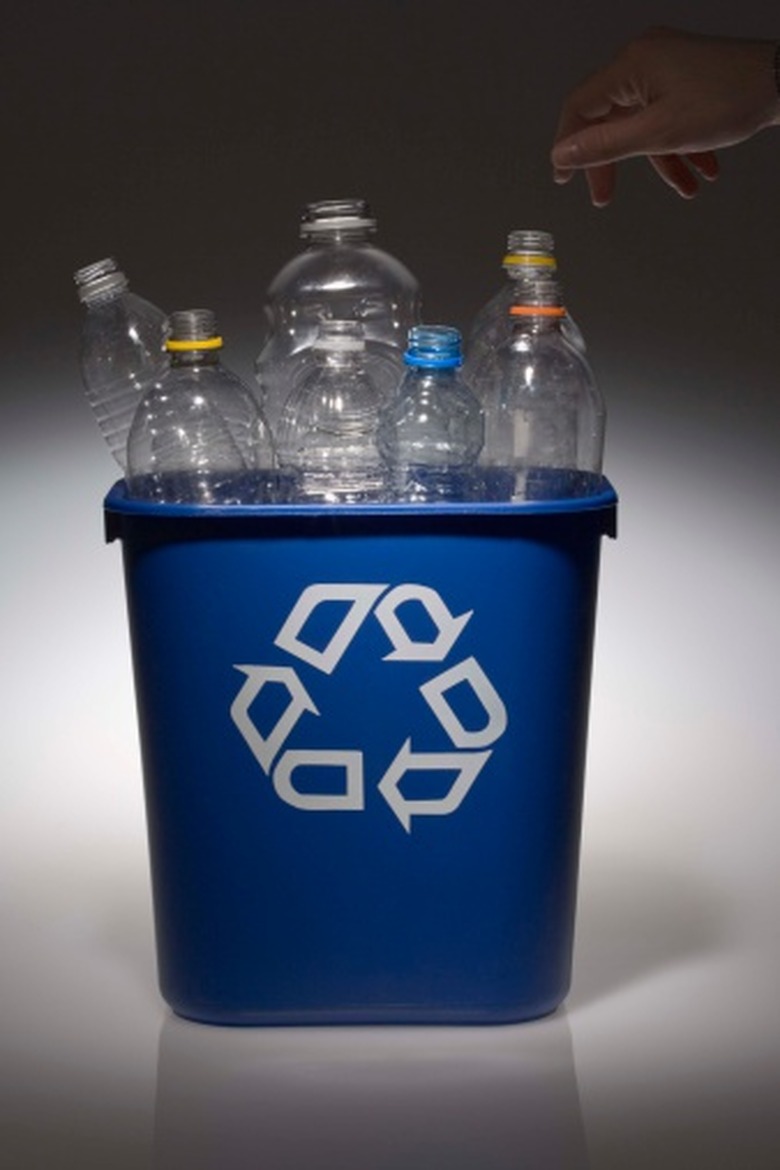Recycling Process For Plastics
The disposal of plastic waste is an environmental concern as the use of plastic polymers in consumer goods and packaging has increased dramatically. In addition to the creation of new biodegradable plastic materials, the recycling of plastic waste is an alternative to reduce waste, as well as an economically viable option in the production of new goods. The recycling of plastics involves sorting, pretreatment, extrusion, pelleting and manufacture processes, such as injection molding.
Sorting
Sorting
After collection, plastic waste is sorted according to different types, observing the resin identification code, which ranges from number 1 to 7. Although most types of plastic can be recycled today, the most commonly recycled is polyethylene terephthalate (PET -1),used to make water bottles, and high density polyethylene (HDPE-2). Other types of plastics include low density polyethylene (LDPE-4) polypropylene (PP-5), polystyrene (PS-6) and polyvinyl chloride (PVC-3). Acrylic, fiberglass, nylon and other plastic polymers are difficult to recycle, and are classified under the number 7.
Pretreatment
Pretreatment
After the sorting process, the different types of plastic are separately shredded and washed, to remove contaminant substances such as paper labels, glue and other residues. Alternatively, a process called agglomeration is used during the pretreatment stage. It consists of heating the plastic waste just below its melting point to reduce size, before cutting it into small pieces. The product is an irregular grain, often called crumbs or granules.
Extrusion and Pelleting
Extrusion and Pelleting
Extrusion is a process used to homogenise the plastic pieces with heat. The plastic granules pass through a pipe with a rotating screw, which forces the granules forward into a heated barrel, where the melting occurs. Then, the melted plastic is cooled in a water bath and is later turned into pellets, which are easier to use when making new products.
Manufacturing
Manufacturing
The manufacturing of recycled plastic objects can happen through a process called injection molding. The plastic pellets are melted through a second extrusion and then forced into a series of mold cavities, which reflect the shape of the object in production, including buckets, toothbrushes and car parts. Stretch blow molding, used to make bottles, is a similar process, when the plastic is molded into a preform that is later reheated and stretched to the desired shape with the use of high-pressure air.
References
- Practical Action: Recycling Plastics
- "Handbook of Plastics Recycling"; Francesco La Mantia; 2002
- "Introduction to Plastics Recycling"; Vannessa Goodship; 2007
Cite This Article
MLA
Zinni, Yasmin. "Recycling Process For Plastics" sciencing.com, https://www.sciencing.com/recycling-process-plastics-8404184/. 24 April 2017.
APA
Zinni, Yasmin. (2017, April 24). Recycling Process For Plastics. sciencing.com. Retrieved from https://www.sciencing.com/recycling-process-plastics-8404184/
Chicago
Zinni, Yasmin. Recycling Process For Plastics last modified August 30, 2022. https://www.sciencing.com/recycling-process-plastics-8404184/
